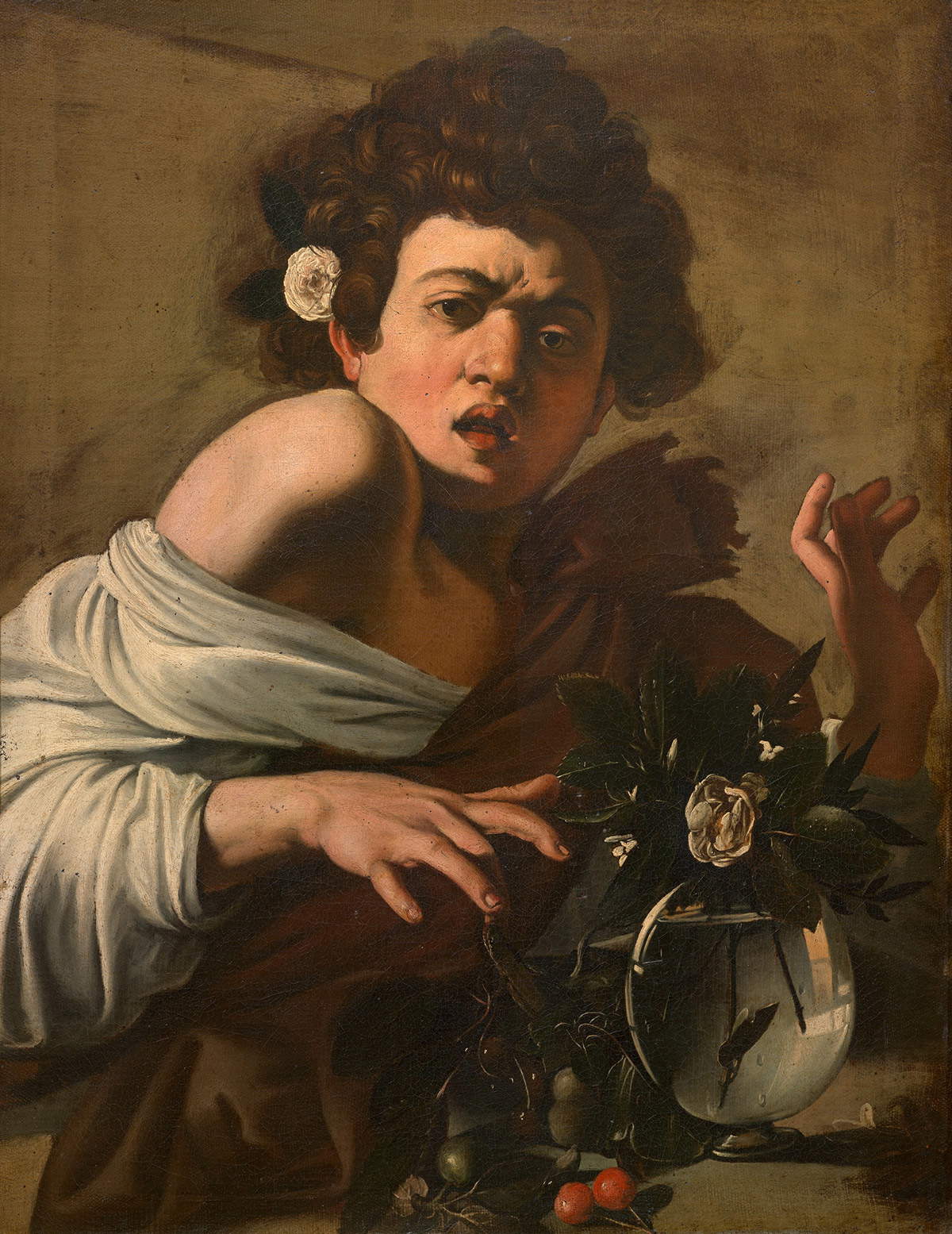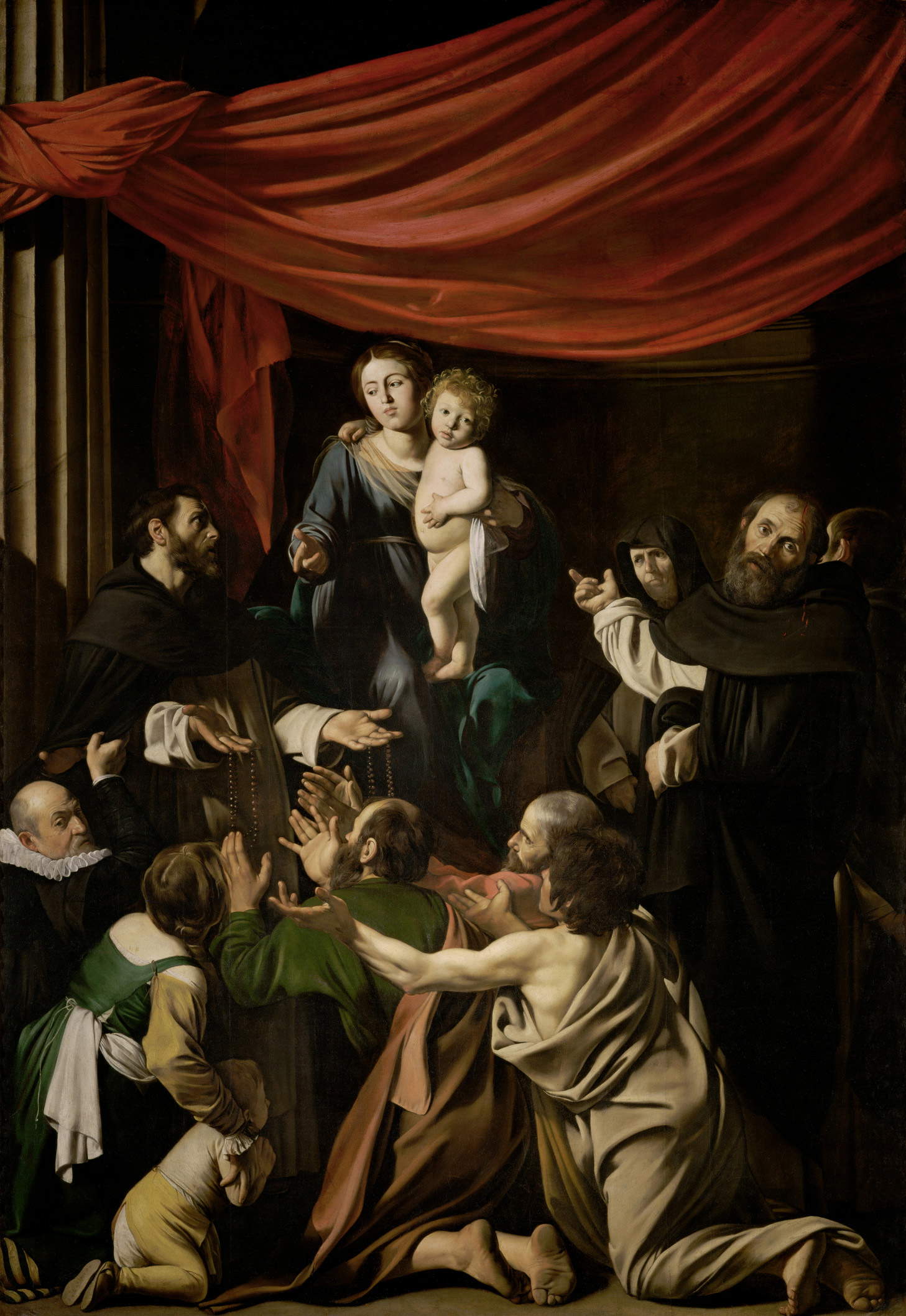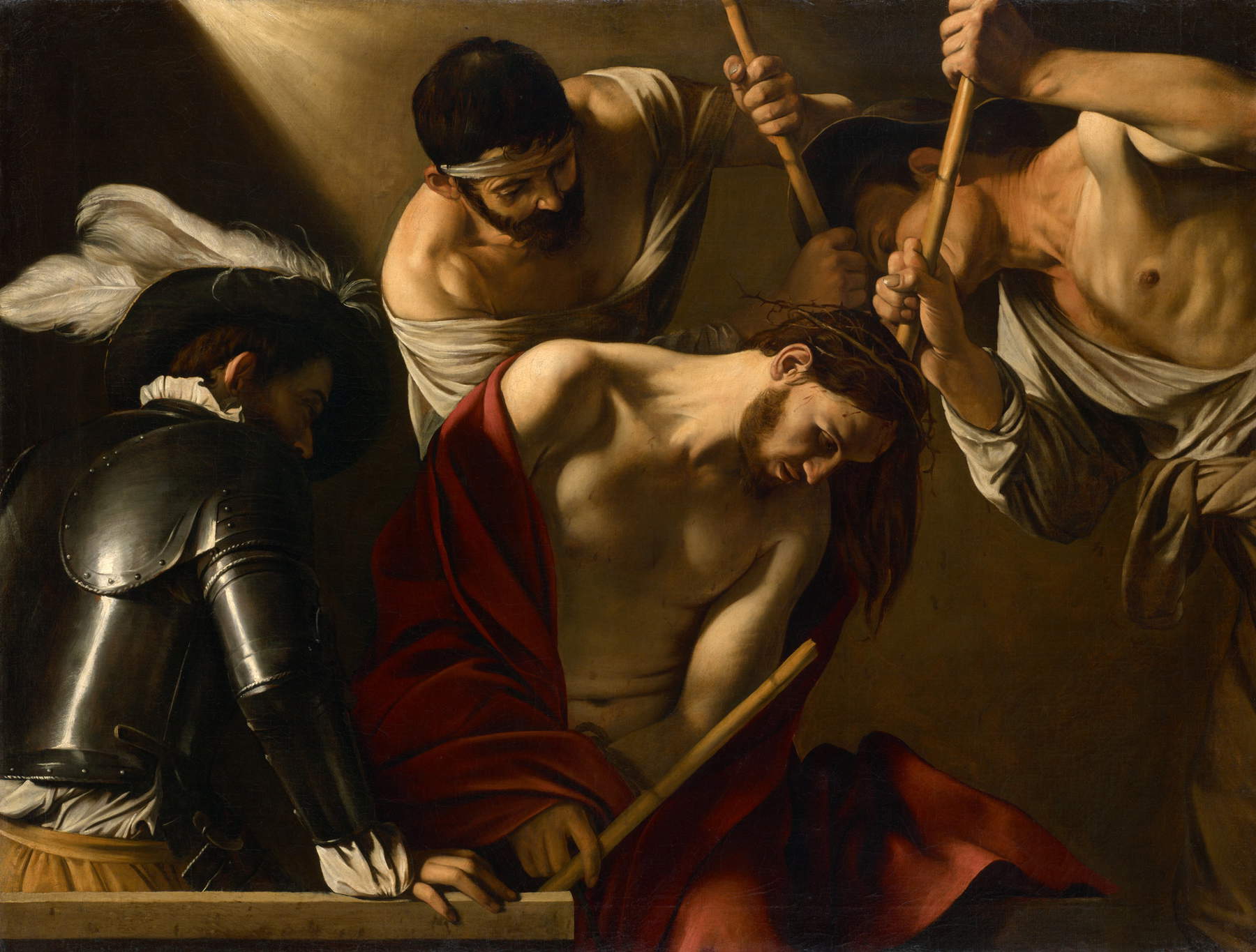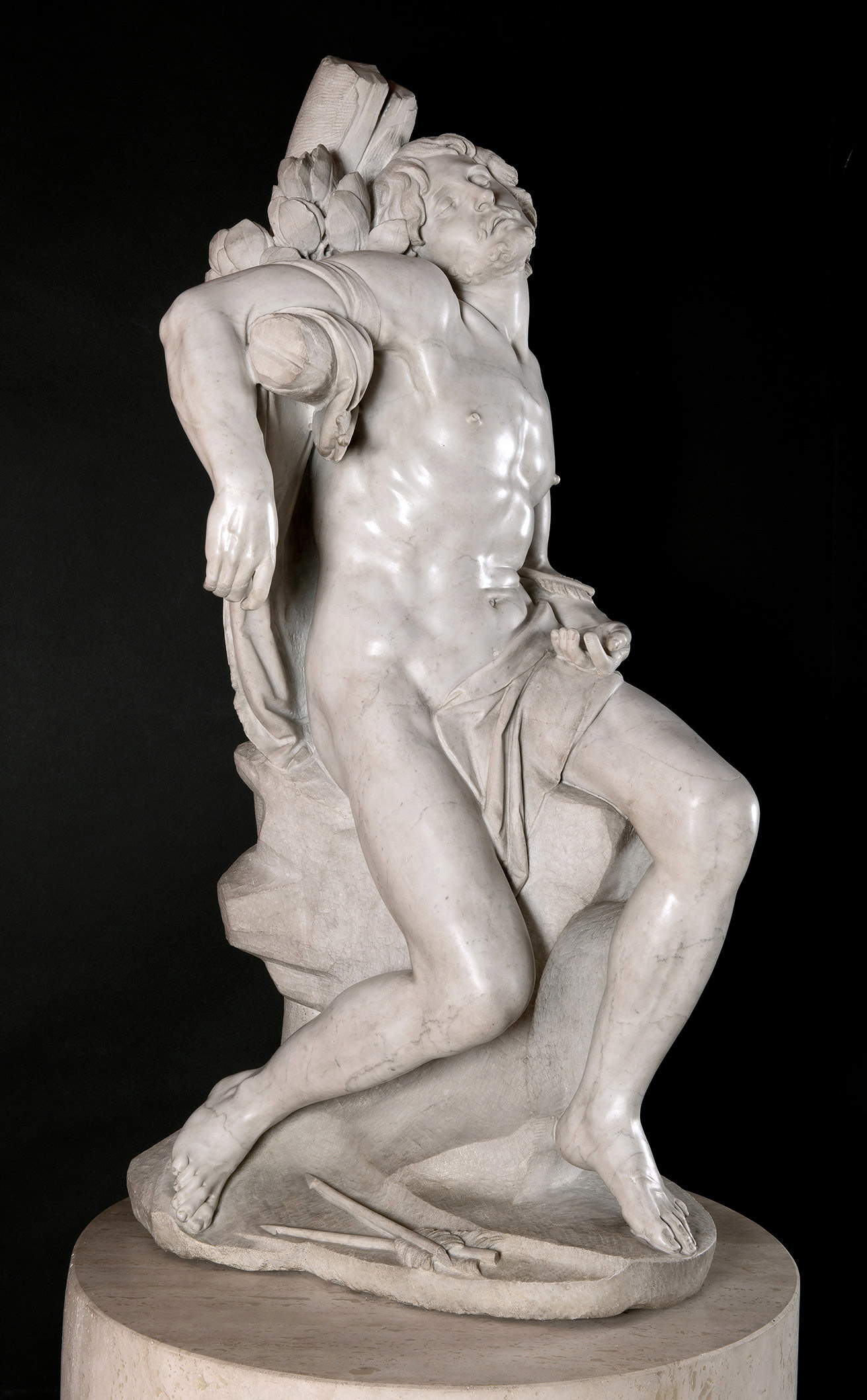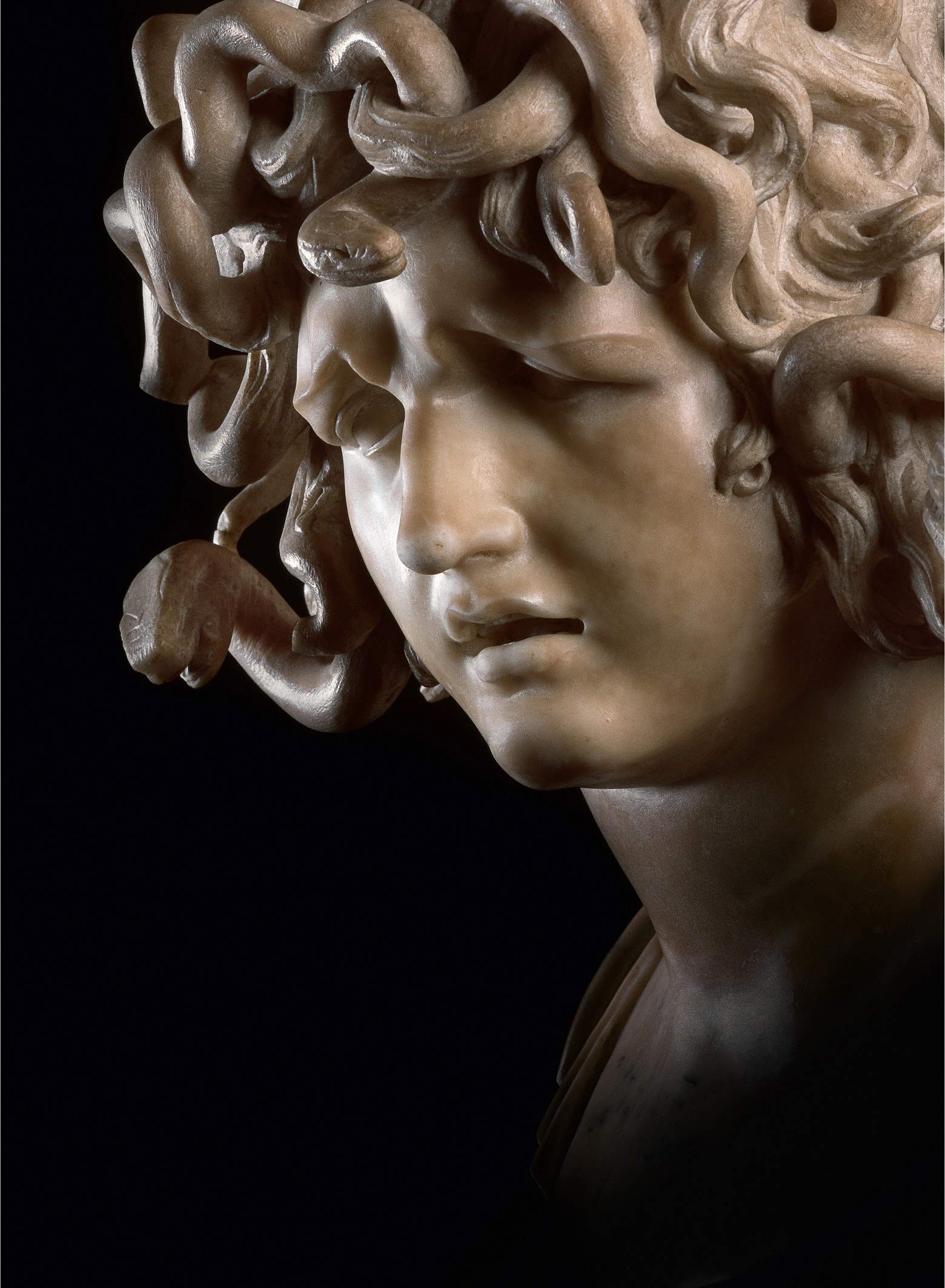by Redazione , published on 08/08/2019
Categories: Exhibitions
/ Disclaimer
From October 15, 2019 to January 19, 2020, the Kunsthistorisches Museum in Vienna is hosting the exhibition 'Caravaggio & Bernini.
Caravaggio (Milan, 1571 - Porto Ercole, 1610) and Gian Lorenzo Bernini (Naples, 1598 - Rome, 1680) are the major protagonists of the exhibition Caravaggio & Bernini to be held from October 15, 2019 to January 19, 2020 at the Kunsthistorisches Museum in Vienna. The two artists are compared for the first time in a single exhibition: the aim of the review is to show how Caravaggio and Bernini shared an interest in realism, verisimilitude, pathos, and strong emotions. Seventy works, including paintings and sculptures, will be on display in Vienna for a focus on human emotions in the Baroque that promises to be particularly intense. The exhibition will be curated by Gudrun Swoboda, curator of Southern European Baroque painting at the Kunsthistorisches Museum in Vienna; Stefan Weppelmann, director of the Kunsthistorisches Museum’s Picture Gallery; and Frits Scholten, curator of sculpture at the Rijksmuseum in Amsterdam (a museum that collaborated in organizing the exhibition).
The Kunsthistorisches Museum holds the largest collection of works by Caravaggio and followers outside Italy, but never before has the museum hosted an exhibition devoted to the artist. And even Bernini, of a younger generation than Caravaggio, has been exhibited few times in Austria. Another purpose of the exhibition, then, is also to recreate the context of Baroque Rome, between 1600 and 1650, a time when trends developed in the city that were destined to have an impact on all of Europe (and that were spread to various centers, above all Florence, Naples, Lombardy, France, the Netherlands, and Flanders). The exhibition will therefore insist on the innovations introduced by the Caravaggesques, starting with a fundamental text such as the Ragazzo morso da un ramarro (Boy Bitten by a Lizard), which will arrive in Vienna from Florence (from the Roberto Longhi Foundation). Then there will be insights into the collaborations between the artists, the blending of the arts (with sculptures having painterly qualities and paintings offering the illusion of architecture and space), and the “discovery” of emotions.
Of course, Caravaggio and Bernini will not be alone: the exhibition will display works by artists such as Artemisia Gentileschi, Annibale Carracci, Nicolas Poussin, Mattia Preti, Guido Reni, Pietro da Cortona, Francesco Mochi, Giuliano Finelli, Alessandro Algardi, and François Duquesnoy. Among the masterpieces featured are the Narcissus of doubtful attribution to Caravaggio arriving from the Galleria Nazionale d’Arte Antica at Palazzo Barberini in Rome, Caravaggio’s Portrait of Antonio Martelli, Medusa, Cardinal Richelieu, Saint Sebastian and the model for Bernini’sEcstasy of Saint Theresa. Also, Guido Reni’s Slaughter of the Innocents, Artemisia Gentileschi’s Mary Magdalene rediscovered in 2011, as well as works from public collections (such as the Uffizi, the Rijksmuseum in Amsterdam, the Louvre, the Metropolitan in New York, the Hermitage in St. Petersburg, the Vatican Pinacoteca, the Getty in Los Angeles, the National Gallery in London and many others) and private collections to which are added Caravaggio’s works kept at the Kunsthistorisches Museum: Our Lady of the Rosary, David with the Head of Goliath, and theCoronation of Thorns.
Hours: Mondays, Tuesdays, Wednesdays and Fridays from 9 a.m. to 6 p.m., Thursdays, Saturdays and Sundays from 9 a.m. to 9 p.m. Tickets to access the exhibition: 21 euros full, 17 euros reduced by agreement and groups of at least 10 people, 20 euros reduced for Vienna City Card holders, free for under 19s. Audioguides for rent at a cost of 5 euros each. Also provided are annual tickets that allow year-round admission to the exhibition: 44 euros full price, 25 euros reduced for under 25s. Information available on the exhibition website, where presale tickets are also already available. Below is a photo gallery of some of the works that will be on display.
 |
| Caravaggio, Ragazzo morso da un ramarro (1595; oil on canvas, 65 x 52 cm; Florence, Fondazione Roberto Longhi) |
 |
| Caravaggio, David with the Head of Goliath (c. 1600-1601; oil on panel, 91.2 x 116.2 cm; Vienna, Kunsthistorisches Museum) |
 |
| Artemisia Gentileschi, Mary Magdalene (1613; oil on canvas; Private collection). Ph. Credit Dominique Provost |
 |
| Caravaggio, Madonna of the Rosary (c. 1601; oil on canvas, 364.5 x 249.5 cm; Vienna, Kunsthistorisches Museum) |
 |
| Caravaggio, Coronation of Thorns (c. 1601; oil on canvas, 127 x 166.5 cm; Vienna, Kunsthistorisches Museum) |
 |
| Gian Lorenzo Bernini, Saint Sebastian (1615; marble, 98 x 42 x 49 cm; Madrid, Private collection on deposit at the Thyssen-Bornemisza Museum) |
 |
| Gian Lorenzo Bernini, Medusa (1638-1640; marble with traces of the original patina, height 46 cm; Rome, Capitoline Museums). Ph. Credit Andrea Jemolo |
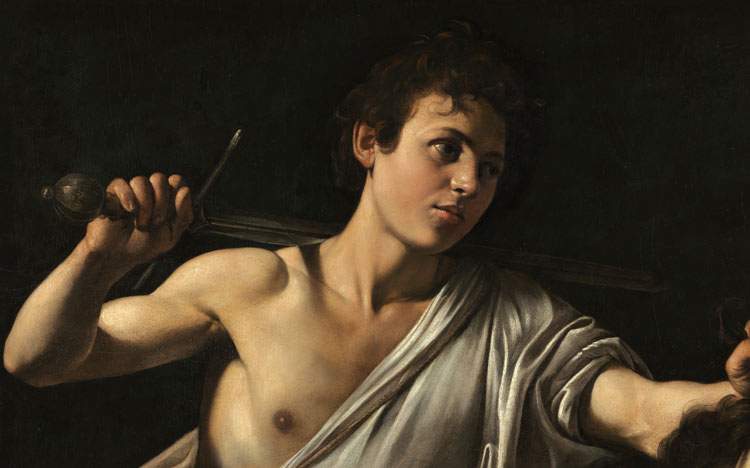 |
| Caravaggio and Bernini together in a major exhibition in Vienna: previews and photos |
Warning: the translation into English of the original Italian article was created using automatic tools.
We undertake to review all articles, but we do not guarantee the total absence of inaccuracies in the translation due to the program. You can
find the original by clicking on the ITA button. If you find any mistake,please contact us.
